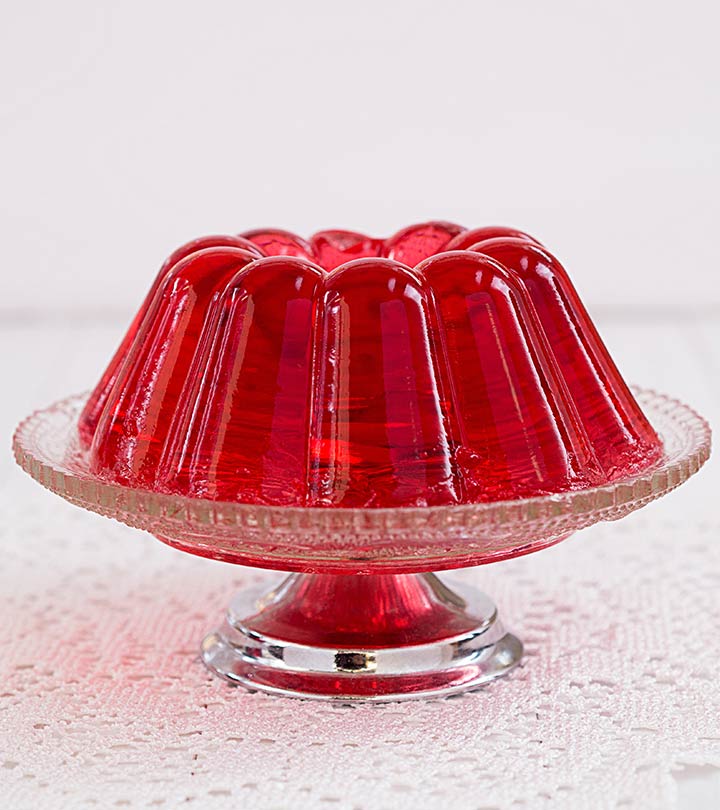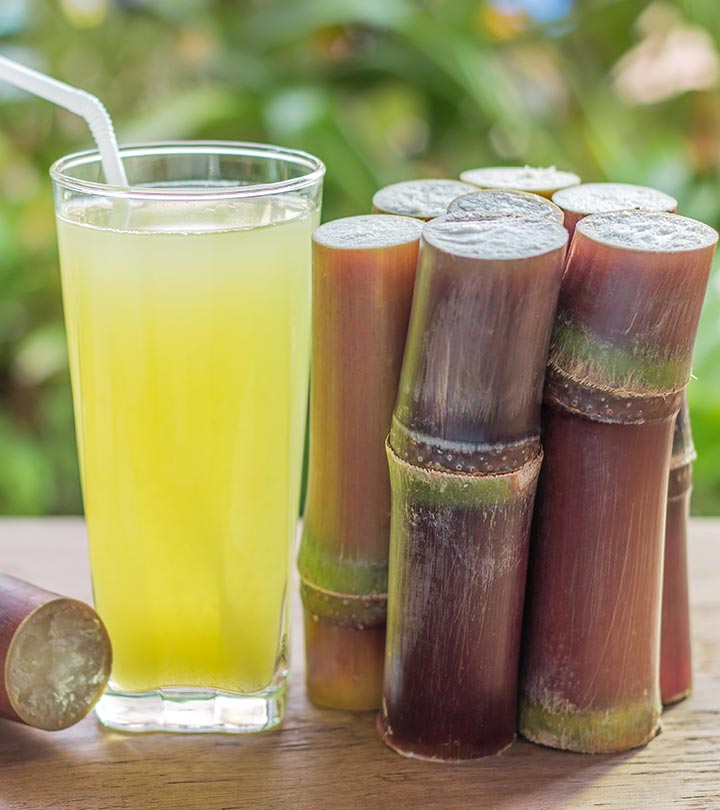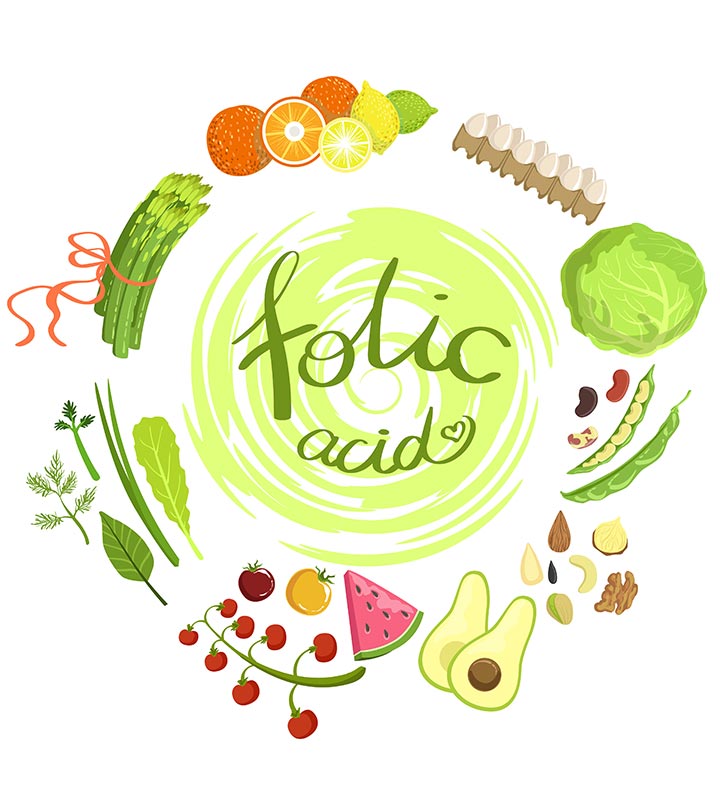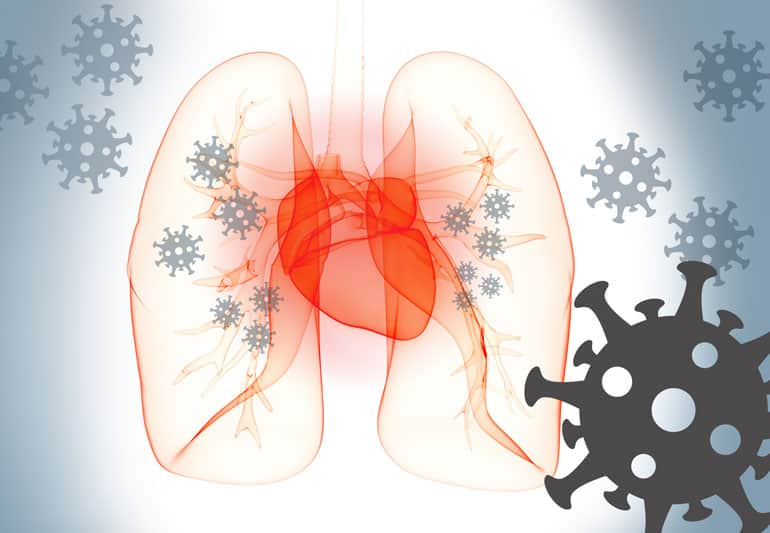Health Benefits Of Jello, Side Effects, And How To Make

That sweet, jiggly, colored dessert on the supermarket shelves may always grab your attention. It is jello (Jell-O), a gelatin-based dessert, sold in ready-to-eat or powdered form. It is a trademark of Kraft foods that manufactures jello, puddings, and other gelatin desserts. This fat-free snack is a favorite option for many who want to lose weight.
But is jello really healthy to eat? What happens when you overeat jello loaded with high sugar and artificial flavorings, synthetic dyes, and sweeteners? Here, we answer all your questions and also discuss how you can make your own jello at home. Keep reading.
In This Article
Jello Nutrition Facts
Shutterstock
Half a cup of jello gelatin (135g) contains (1):
- Calories: 84
- Carbohydrates: 19g
- Sugar: 18g
- Fiber: 0g
- Protein: 1.6g
- Sodium: 101 mg
- Potassium: 1.4 mg
Jello is high in sugar and contains low concentrations of vitamins and minerals essential to maintaining optimal health. So, is jello healthy at all? Let us find out.
Is Jello Healthy?
Shutterstock
Portion-controlled jellos are convenient if you aim to lose weight. But they are high in sugar and low in protein and fiber (besides offering fewer vitamins and minerals). Hence, jellos could be unhealthy and their intake must be limited. Even sugar-free jellos contain artificial sweeteners like aspartame, whose high intake may cause oxidative stress and cell membrane damage and potentially lead to systemic inflammation (2).
Did You Know?Peter Cooper, one of the owners of Ringwood Manor and a mechanic, created the first edible gelatin or jello with sweetened flavors. He received the patent for gelatin powder in 1845.
However, the primary ingredient used in making jello — gelatin — has some benefits. It is a colorless, flavorless gelling agent extracted from collagen taken from the body parts of animals. How does gelatin benefit your health?
1) May ImproveBone Health
Consuming 5 grams of specific collagen peptides for 12 months daily was found to improve age-related bone mineral density in postmenopausal women. It may also improve bone formation and decrease bone degradation (3). Besides, athletes supplemented with collagen hydrolysate for 24 weeks had experienced a reduction in joint pain (4). Hence, the gelatin in jello may potentially help prevent joint deterioration. However, more direct research is warranted in this regard.
Related: 11 Best Foods For Building Strong Bones And Muscles
2) May Help With Weight Loss
Long-term intake of gelatin diet may suppress hunger. A study by Maastricht University (The Netherlands) found that gelatin intake had increased appetite suppression and reduced energy intake (5). Another study suggests that consuming a gelatin meal may also help maximize satiety in obese individuals (6). This, in turn, could curb overeating and induce weight loss.
Besides, oral supplementation of collagen peptides may help improve collagen density in the dermis layer and skin moisture, and reduce skin aging effects (7). However, limited research is available to prove this claim.
But the collagen content in jello is very low to reap its benefits. Also, eating sugar-rich jellos made with artificial colors and flavorings may cause certain side effects. Let us find out what they are.
Related: Best Crash Diet For Fast Weight Loss, Diet Plan, Side Effects
Possible Side Effects Of Jello
iStock
Christine VanDoren, a nutritionist, says, “When you eat jello regularly, you may feel both positive and negative effects of it. The gelatin in the jello can help with your digestion, ease joint pain, improve sleep quality, and increase your bone strength. On the other end, it has also been known to cause bloating and heartburn. It is important to be aware that many people have a gelatin allergy, so proceed with caution if you have never consumed gelatin before.”
Added sugars (artificial sweeteners) are linked with an increased risk of cardiovascular disease, cancer, obesity, diabetes, non-alcoholic fatty liver disease, and cognitive decline (8). If you want to go with sugar-free jello, the sweetener aspartame may cause inflammation and damage cells (2). A study by Cesare Maltoni Cancer Research Center (Italy) indicated that aspartame may exhibit carcinogenic effects (9). These sweeteners may also increase your sugar cravings (10).
Jello also contains many artificial colors that may have harmful effects on your health. A review published in the Environmental Health Perspectives suggests that three dyes — red 40, yellow 5, and yellow 6 — account for 90% of the dyes used in foods in the US. These dyes contain benzidine, which may increase cancer risk (11). Sugar dyes may also cause behavioral changes in children if the color doses exceed 50 mg. However, these dosages vary between brands. Moreover, some people may experience allergic reactions after consuming gelatin-based products (12). Stop the intake and consult your doctor if you experience any such reactions.
You can also prepare jello easily at home with natural ingredients. Here are a few simple steps to follow.
How To Prepare Jello Easily At Home?
iStock
What You Need
- Apple juice – 2 cups
- Pomegranate juice – 2 cups
- Unsweetened dry powdered gelatin – 2 tablespoons
Process
- Pour 2 cups (one cup each) of the juice into a bowl.
- Sprinkle the gelatin and let it sit for five minutes (to soften).
- Bring the remaining 2 cups of the juice to a boil.
- Pour the hot juice into the bowl and stir to combine and dissolve the gelatin.
- Pour into a 9 x 12 baking pan.
- Refrigerate until firm (for several hours).
- Cube and serve plain or with whipped cream.
Stylecraze SaysAlternatively, you can add the juice of one lemon and one cup of orange juice to make orange jello.
Most manufacturers use several artificial ingredients in jello to get the desired color, flavor, and taste. Let us understand what these nutrients are.
What Are The Ingredients Used In Jello Preparation?
iStock
Jello is a mix of gelatin, water, food colorings, artificial sweeteners (aspartame, a calorie-free synthetic sweetener), and flavoring agents. Gelatin gives the wiggly texture to jello.
Some brands produce jellos with natural colors (extracted from carrots or beetroots). Most jello brands, however, opt for synthetic colors and artificial flavoring agents. Check the ingredients list on the label if you want to buy jello with natural coloring agents.
Note: Jello is not a vegetarian or vegan dessert as it is made from gelatin extracted from boiled bones, connective tissues, and other animal products.
Infographic: Possible Side Effects Of Jello
Jello is a ready-to-eat, sweet gelatin-based product. It has its own set of benefits if consumed in moderation. However, excess consumption of jello may cause adverse effects. We have rounded up the possible side effects of jello in the infographic below! Scroll down to know more!
Jello is a delicious sugar-rich dessert that soothes your sweet tooth. While it is tasty to eat, overindulgence is not recommended as it is loaded with artificial sweeteners. Jello’s nutritional benefits are far and few between and are related to its collagen and gelatin. It may boost bone health or aid in weight loss, but overconsumption may lead to an increased risk of chronic disorders. The additives present in jello may increase the risk of cardiovascular disorders, inflammation, gastrointestinal issues, and even cancer. It is recommended that you prepare jello at home with an array of natural fruit juices to avoid these health complications.









